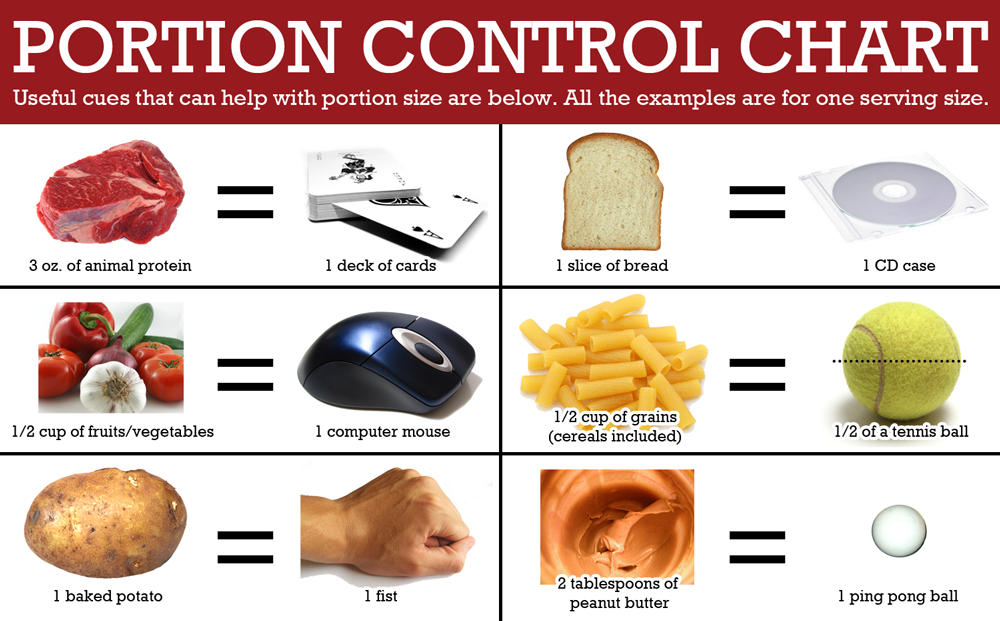Tips for Healthy Living: Seasonally Superb!
Seasonally Superb!
With summer just around the corner, our thoughts easily slide into relaxing summer barbecues, perhaps a well-deserved vacation, or a live music-infused picnic in the park. Our food choices also change; brightly colored fruits and vegetables that fill the produce aisles not only taste fabulous, but also support our health throughout the summer.
Think about it: which foods are prolific in the summer? Stone fruits (peaches, apricots, cherries, nectarines), tomatoes, leafy vegetables, zucchini – all produce that lures us into eating more of them because they are in season!
Compare this to winter when we have more root vegetables like potatoes, beets, onion and carrots – perfect for a cold winter’s stew. However in the summer there is a shift to freshly prepared items like gazpacho, pesto and grilled vegetables on the barbecue.
In the warmer months, staying hydrated and being protected from the sun are key. Summer produce is naturally high in water and can account for about 20 percent of our fluid intake. Watermelon, for example, is 92% water by weight. Also high on the hydration list are strawberries, tomatoes, zucchini, cucumbers and lettuces. See the pattern here? They are all summer produce, high in water content to keep us hydrated.
Summer fruits and vegetables are also brimming with vitamins C and E, which protect the skin from sun damage (don’t forget the sunscreen though!). Vitamins degrade in storage over time, so the less travelling and storing the produce had to go through to get to the market, the better. Therefore, eating foods locally grown and in season, like you will find at Sigona’s, means you are getting more nutrition bang for your buck.
By eating according to what is in season, we not only honor our bodies’ natural rhythms, but also potentially offset almost every known preventable disease.
Consider this: eating a diet rich in fruits and vegetables may reduce risk for heart disease, type 2 diabetes, and obesity as well as protect against certain types of cancers. Need more? Consuming fruits and vegetables regularly has also shown links to lowering blood pressure, reducing the risk of developing kidney stones, and help to decrease bone loss. And let’s not forget the biggest winner – a lower-calorie, higher-fiber diet that fruits and vegetables provide is the best combination for weight loss.
So how much fruits and vegetables do you need to promote your health? The USDA Dietary Guidelines recommend two cups of fruit and 2-1/2 cups of vegetable each day for a person on a 2,000-calorie diet. This may sound like a lot, but by spacing it out and mixing it up this amount is in easy reach. Aim for 1-1 ½ cups per meal, plus another ½ cup for a snack and you’re in the game. At breakfast for example – an omelet with tomato, spinach and sweet peppers tucked in, or a smoothie with banana, berries and perhaps a handful of baby greens are great ways to start the day. Also think color. If you fill half your plate with color from fruits and vegetables you will be on your way to better health.
The benefits of eating seasonally are vast, and with the prolific selection at Sigona’s, your body will thank you!











